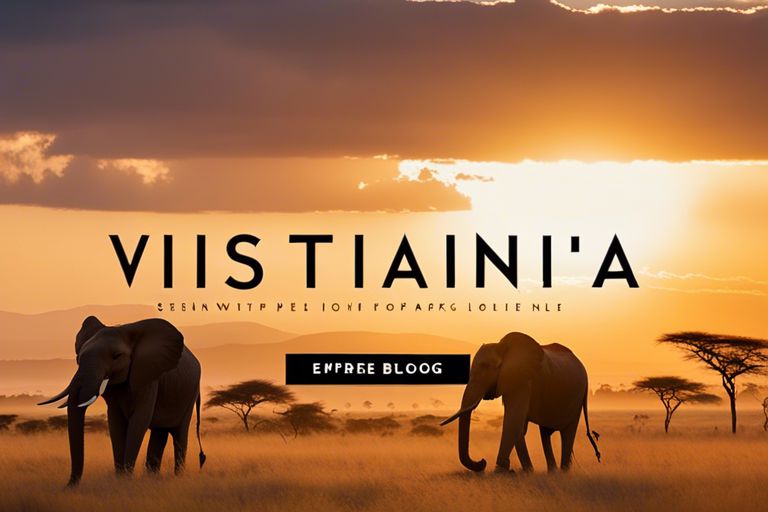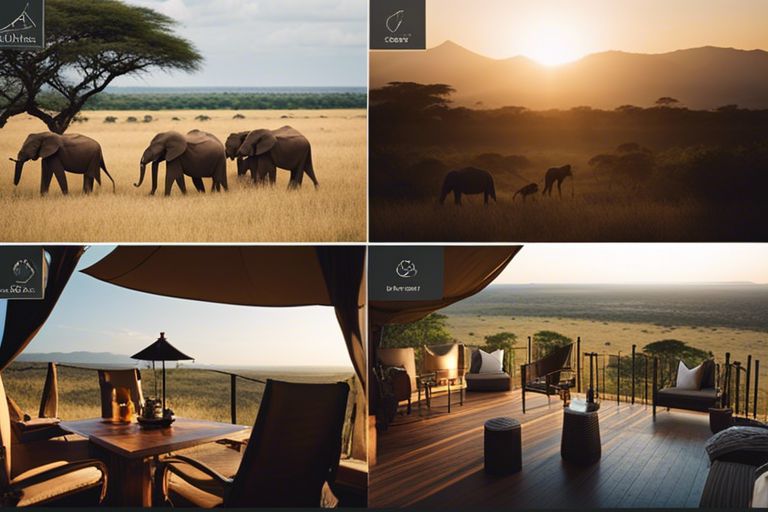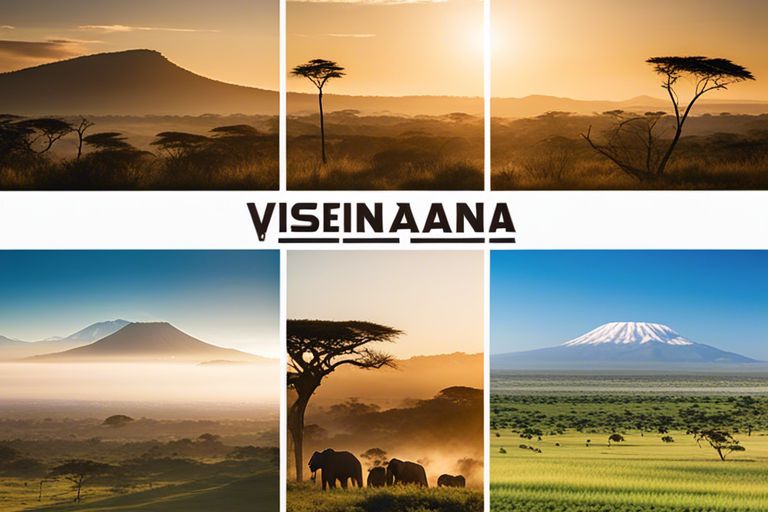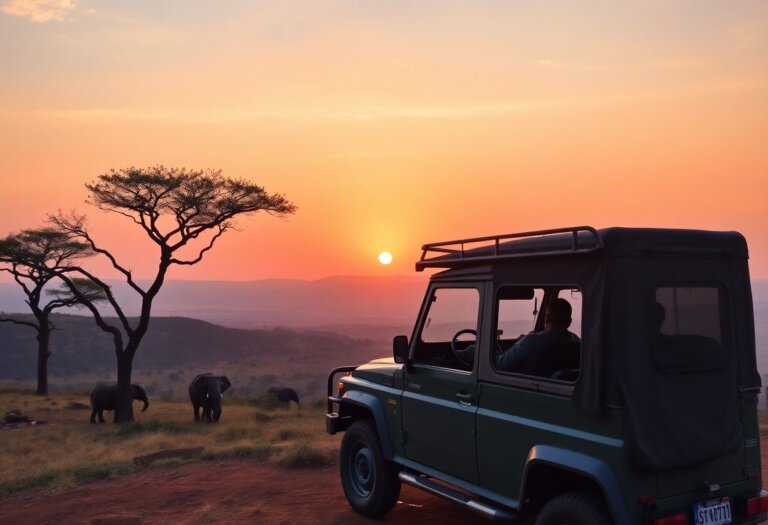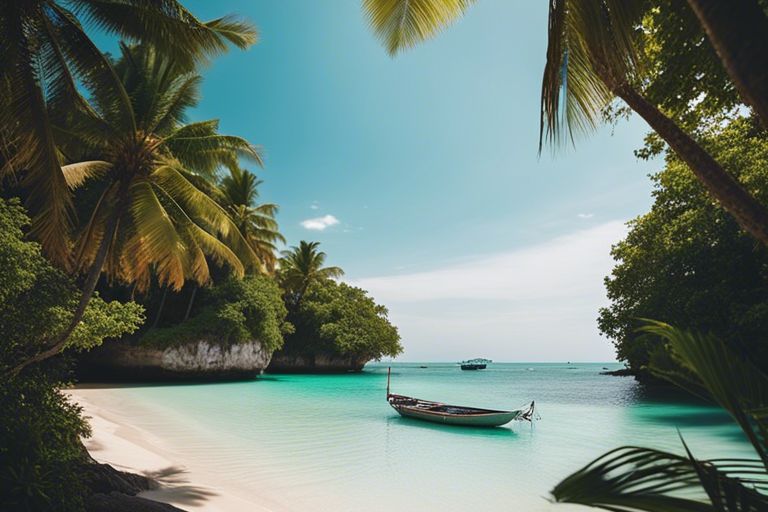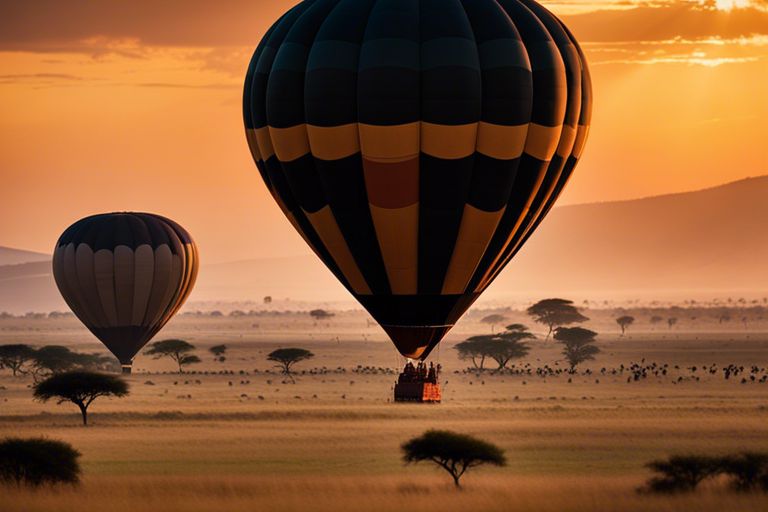Tanzania's Stunning National Parks – A Guide to the Best Wildlife Viewing with VisitTanzania4Less
Many travelers dream of commenceing on an unforgettable safari adventure in Tanzania, exploring its breathtaking national parks teeming with iconic wildlife. In this guide, we will take you on a journey through Tanzania’s most spectacular national parks, from the vast plains of the Serengeti to the majestic heights of Mount Kilimanjaro. Get ready to witness the beauty of nature like never before with VisitTanzania4Less as your trusted travel companion.
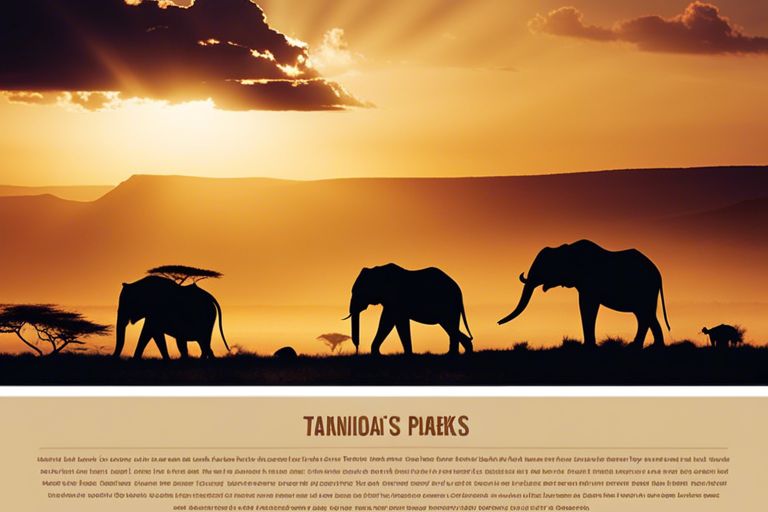
Planning Your Adventure
When to Visit Tanzania’s National Parks
One of the most critical factors to consider when planning your safari adventure in Tanzania is the timing of your visit. The best time to witness the incredible wildlife in the national parks is during the dry season, which typically runs from June to October. During this time, the animals gather around water sources, making it easier to spot them.
Essential Gear and Preparation
Preparation is key when commenceing on a safari in Tanzania. Make sure to pack crucial gear such as lightweight, neutral-colored clothing that will keep you comfortable during game drives. Additionally, don’t forget to bring a good pair of binoculars to enhance your wildlife viewing experience. It’s also crucial to carry items like sunscreen, insect repellent, and a hat to protect yourself from the elements.
Another crucial aspect of preparation is to familiarize yourself with the specific requirements and regulations of each national park you plan to visit. Some parks might have restrictions on certain items or activities to ensure the safety of both visitors and wildlife.
The Best National Parks for Wildlife Viewing
Serengeti National Park: The Great Migration
Any wildlife enthusiast visiting Tanzania must include the Serengeti National Park in their itinerary. Known for the iconic Great Migration, where millions of wildebeest, zebras, and gazelles traverse the plains in search of greener pastures, the park offers an unparalleled wildlife spectacle. You can witness predators like lions, leopards, and cheetahs in action as they hunt amidst this dramatic natural phenomenon.
Tarangire National Park: Elephant Paradise
The Tarangire National Park is a paradise for elephant lovers. The park is home to large herds of elephants that roam freely across the vast savannah and gather around the Tarangire River during the dry season. The sight of these gentle giants against the backdrop of ancient baobab trees is truly mesmerizing.
The park is not just about elephants; you can also spot a variety of other wildlife here, including lions, zebras, and giraffes. Embark on a game drive or a guided walking safari to explore the diverse landscapes and encounter the rich biodiversity that Tarangire has to offer.
Ngorongoro Conservation Area: The Crater’s Secrets
It is impossible to talk about wildlife viewing in Tanzania without mentioning the Ngorongoro Conservation Area and its famous Ngorongoro Crater. This natural wonder is a haven for a wide array of wildlife, including the elusive black rhino, herds of buffalo, and flocks of flamingos that inhabit the soda lake at the crater floor.
Embark on a safari to the crater rim for breathtaking panoramic views before descending into the crater itself for an up-close encounter with its inhabitants. Explore the diverse ecosystems within the crater, from grasslands to forests, and witness the circle of life unfold in this unique setting.
Wildlife Wonders
Despite Tanzania’s stunning landscapes, it is the diverse wildlife that truly steals the show in the country’s national parks. From the iconic Big Five to a myriad of bird species, Tanzania offers a wildlife experience like no other.
The Big Five: Lion, Leopard, Rhino, Elephant, and Buffalo
Rhino
When on a safari in Tanzania, catching a glimpse of the elusive rhinoceros can be a rare and memorable experience. The endangered black rhino and the larger white rhino can be found in select reserves such as the Ngorongoro Crater and Serengeti National Park. Your heart may skip a beat as you witness these magnificent creatures in their natural habitat.
Lion
Antelopes and Other Grazers roam the savannahs, their graceful movements a stark contrast to the stealthy predators that stalk them. Tanzania is home to various antelope species like impalas, gazelles, and elands, providing a feast for the keen-eyed lions. Watching a pride of lions strategize and hunt in unison is a sight that will leave you in awe of the circle of life in the wild.
For instance, the Grant’s gazelle with its distinctive lyre-shaped horns, or the speedy Thomson’s gazelle, are commonly spotted alongside herds of zebras and wildebeests. These grazers play a vital role in the ecosystem, not only as prey but also in maintaining the delicate balance of nature.
Birds of a Feather: Tanzania’s Avian Delights
Tanzania’s
As you venture through Tanzania’s national parks, don’t forget to look to the skies, for they are home to a dazzling array of bird species. From vibrant flamingos in Lake Manyara to majestic eagles soaring over the Serengeti, bird enthusiasts will be in paradise. Keep your binoculars handy to spot rare species like the Lilac-breasted Roller or the African Fish Eagle.
For instance, the wetlands of the Selous Game Reserve provide a sanctuary for water-loving birds like herons, storks, and kingfishers. The melodies of these feathered creatures create a symphony that enhances the already enchanting African wilderness.
Accommodations and Tours
Luxury Safari Lodges: Pampering in the Wild
Now, if you’re looking to indulge in a luxurious safari experience amidst the breathtaking landscapes of Tanzania, then staying at one of the luxury safari lodges is the way to go. These lodges offer top-notch accommodations with all the amenities you could dream of while still being immersed in the heart of the wilderness. Imagine waking up to the sight of giraffes grazing just outside your window or enjoying a gourmet meal under the starlit sky after a day of thrilling game drives.
Budget-Friendly Options: Camping and Hostels
With Tanzania’s stunning national parks at your doorstep, camping under the vast African sky or staying at budget-friendly hostels can be a great way to experience the wildlife without breaking the bank. Camping allows you to truly connect with nature, falling asleep to the sounds of the wild around you. Hostels provide a social atmosphere where you can meet like-minded travelers and share stories of your adventures.
The budget-friendly options of camping and hostels not only offer affordable accommodations but also the opportunity to immerse yourself fully in the natural beauty and unique experiences that Tanzania’s national parks have to offer. Whether you choose to rough it out in a tent or opt for a cozy bed in a hostel dormitory, your wildlife adventure in Tanzania is sure to be memorable.
Guided Tours: Expert Insights and Unforgettable Experiences
Experiences matters! In the context of exploring Tanzania’s national parks, joining a guided tour can elevate your wildlife viewing adventure to a whole new level. With expert guides leading the way, you’ll gain valuable insights into the flora, fauna, and local cultures, making your safari not only informative but truly unforgettable. These tours are designed to maximize your chances of spotting the Big Five and other incredible wildlife while ensuring your safety and comfort throughout the journey.
Budget-friendly guided tours in Tanzania offer fantastic options for solo travelers or those looking to join a group of like-minded adventurers. You’ll benefit from the knowledge and expertise of experienced guides who will ensure that you make the most of your time in Tanzania’s national parks, creating memories that will last a lifetime.
Safety and Responsibility
Health and Vaccination Precautions
Your health is paramount when initiateing on a safari adventure in Tanzania. Before your trip, it is important to consult with your healthcare provider or a travel medicine specialist to ensure you are up to date on all necessary vaccinations. Common vaccines for Tanzania include those for yellow fever, hepatitis A and B, typhoid, and rabies. Additionally, consider taking antimalarial medication as a precaution against malaria, which is prevalent in some regions of the country.
Responsible Tourism: Respecting Wildlife and Local Communities
One of the cornerstones of responsible tourism is respecting the wildlife and local communities you encounter during your Tanzanian safari. It is crucial to remember that you are a visitor in their home. Always follow the guidance of your tour guide and adhere to park rules and regulations to minimize your impact on the environment. Avoid feeding wildlife, littering, or disturbing the natural habitat in any way.
Responsible tourism also involves supporting local communities by purchasing locally made crafts and products, respecting cultural norms and traditions, and engaging with the local people in a respectful manner. By being mindful of your actions and interactions, you can contribute positively to the conservation of Tanzania’s natural wonders and heritage.
Remember that by practicing responsible tourism, you are not only ensuring the protection of wildlife and preserving local cultures but also creating a more sustainable and enjoyable experience for yourself and future travelers.
Off the Beaten Path
Many visitors to Tanzania flock to the famous Serengeti and Ngorongoro Crater for their renowned wildlife sightings, but if you’re looking for a more off-the-beaten-path experience, Tanzania has some hidden gems waiting to be explored. These lesser-known national parks offer a quieter and more intimate safari experience, perfect for those wanting to get off the tourist trail.
Exploring Tanzania’s Hidden Gems: Less-Visited Parks
With parks like Katavi, Mahale Mountains, and Ruaha National Park, you can encounter diverse landscapes and wildlife without the crowds. Katavi, located in the remote southwest, is known for its vast floodplains and large herds of buffalo and elephants. Mahale Mountains, on the shores of Lake Tanganyika, offer a chance to track chimpanzees in their natural habitat. Ruaha, Tanzania’s largest national park, is home to lions, elephants, and a variety of bird species in a rugged wilderness setting.
Cultural Encounters: Meeting the Maasai and Hadzabe Tribes
One of the most enriching experiences in Tanzania is meeting the Maasai and Hadzabe tribes. The Maasai are known for their vibrant culture and colorful attire, living a semi-nomadic lifestyle in the Ngorongoro Conservation Area and Serengeti region. The Hadzabe, one of the last hunter-gatherer tribes in Tanzania, reside around Lake Eyasi and offer a rare glimpse into ancient traditions and customs.
Exploring the cultural heritage of Tanzania by interacting with these indigenous tribes not only provides a unique insight into their way of life but also fosters a deeper connection to the land and its people. Engaging with the Maasai and Hadzabe offers a chance to learn about age-old traditions, beliefs, and daily practices that have sustained these communities for generations.
Summing up
As you have discovered in this guide, Tanzania boasts some of the most incredible national parks in Africa, each offering a unique wildlife viewing experience. From the vast plains of the Serengeti to the stunning landscapes of Ngorongoro Crater, Tanzania is a paradise for nature lovers and wildlife enthusiasts. Whether you want to witness the Great Migration, track down the Big Five, or simply immerse yourself in the beauty of the African wilderness, Tanzania’s national parks have something for everyone.
So, pack your bags, book your safari, and get ready to experience the wonders of Tanzania’s stunning national parks. With VisitTanzania4Less as your guide, you are sure to have an unforgettable adventure filled with incredible wildlife sightings and unforgettable memories. Tanzania is waiting for you – are you ready to explore?

